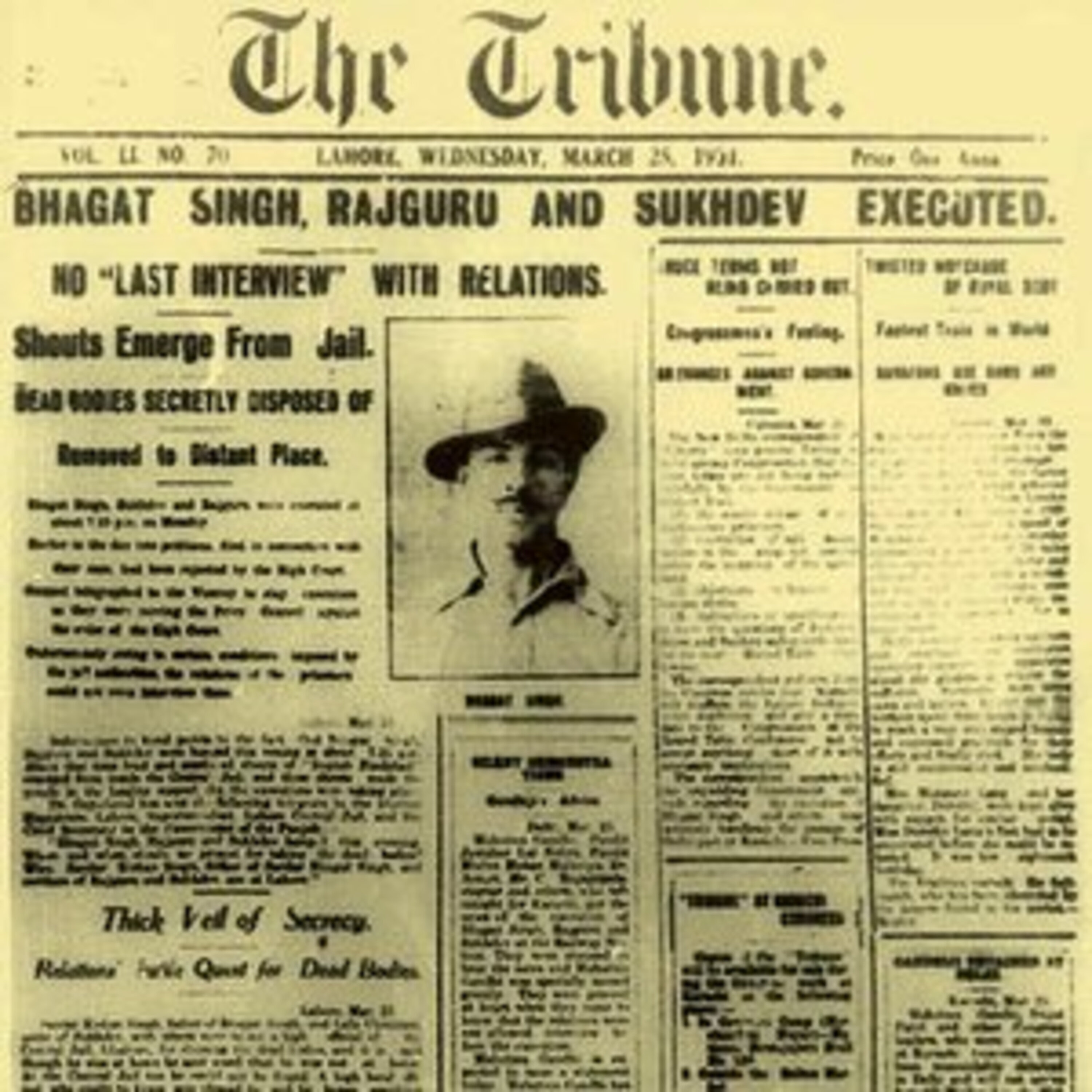- Culture
- SEE MORE
- classical
- general
- talk
- News
- Family
- Bürgerfunk
- pop
- Islam
- soul
- jazz
- Comedy
- humor
- wissenschaft
- opera
- baroque
- gesellschaft
- theater
- Local
- alternative
- electro
- rock
- rap
- lifestyle
- Music
- como
- RNE
- ballads
- greek
- Buddhism
- deportes
- christian
- Technology
- piano
- djs
- Dance
- dutch
- flamenco
- social
- hope
- christian rock
- academia
- afrique
- Business
- musique
- ελληνική-μουσική
- religion
- World radio
- Zarzuela
- travel
- World
- NFL
- media
- Art
- public
- Sports
- Gospel
- st.
- baptist
- Leisure
- Kids & Family
- musical
- club
- Health & Fitness
- True Crime
- Fiction
- children
- Society & Culture
- TV & Film
- gold
- kunst
- música
- gay
- Natural
- a
- francais
- bach
- economics
- kultur
- evangelical
- tech
- Opinion
- Government
- gaming
- College
- technik
- History
- Jesus
- Health
- movies
- radio
- services
- Church
- podcast
- Education
- international
- Transportation
- Other
- kids
- podcasts
- philadelphia
- Noticias
- love
- sport
- Salud
- film
- and
- 4chan
- Disco
- Stories
- fashion
- Arts
- interviews
- hardstyle
- entertainment
- humour
- medieval
- literature
- alma
- Cultura
- video
- TV
- Science
- en
106: Colonialism in India - Part 12: The Indian Revolutionaries

The Indian Revolutionary Movement
The first signs of the revolutionary movement can be traced back to 1847 when 5000 peasants rose against the British East India Company (EIC) in Kurnool district (Andra Pradesh) under the leadership of Uyyalawada Narasimha Reddy. They were protesting against the changes made to the traditional agrarian system.
Jugantar Party
The revolutionary movement was not organised till the 20th Century. The first signs of its organisation can be noticed in 1905, during the partition of Bengal.
The Jugantar party was formed in April 1906 by Aurobindo Ghosh, Barindra Kumar Ghosh, Bhupendranath Datta, Lal Bal Pal, Subodh Chandra Mullick.
They collected and manufactured bombs. The Jugantars sent some of their members for training abroad, too. But the attempted murder of a district judge in Muzaffarpur resulted in the arrest of many of them.
They planned to revolt against the British during the First World War with the help of Indians living abroad. It relied on the clandestine landing of German arms and ammunitions in the Indian coast, which never materialised.
They supported Mahatma Gandhi's Non-Cooperation Movement while conducting revolutionary activities.
Hindustan Socialist Republican Association
It was established in October 1924 in Kanpur, Uttar Pradesh by revolutionaries like Ramprasad Bismil, Jogesh Chatterjee, Chandrashekhar Azad, Yogendra Shukla and Sachindranath Sanyal. They aimed to throw out the British and establish the Federal Republic of the United States of India.
The Kakori train robbery is one of the notable mutinies by the group. It led to the hanging of Ashfaqullah Khan, Ramprasad Bismil, Roshan Singh, Rajendra Lahiri.
The group reorganised under Chandrashekhar Azad with new members of the likes of Bhagat Singh, Bhagwati Charan Vohra and Sukhdev and renamed themselves the Hindustan Socialist Republican Association (HSRA).
They killed Saunders, a police officer involved in the lathi-charge that killed Lala Lajpat Rai.
Bhagat Singh, Sukhdev and Rajguru threw a bomb inside the Central Legislative Assembly. It was followed by their trial and hanging on 23 March 1931.
Abhinav Bharat Secret Society
It was a secret society started by VD Savarkar and GD Savarkar in 1904. It was involved in many revolutionary activities until its disbandment in 1952.
One of the popular deeds of the society was the assassination of Lt. Col. William Curzon-Wyllie on 1 July 1909.
After the existence of the society was unearthed, Savarkar was transported to the Cellular Jail in the Andaman Islands in 1910.
Kotwal Dasta
It was formed by Veer Bhai Kotwal with around 50 members during the Quit India Movement. They cut down electric pylons to cripple the industries and railways. Around 11 pylons were cut from September to November 1942.
Previous episode mentioned in this episode: 074: Oh beer, oh beer!
Find the affiliate links to the equipment and resources we use to make this podcast here.
Find Writer & Geek's guide to podcasting here.
Image by Rueben lys
See omnystudio.com/listener for privacy information.